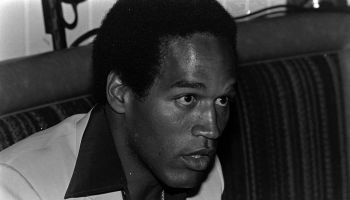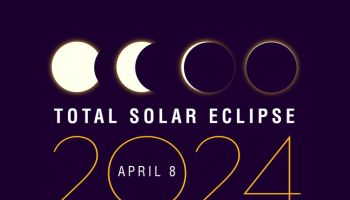In the last several years, young Black women have grown out their relaxers in droves, counseling each other in dorms, in salons, and online, about how to care for their natural hair. The process is an intimidating one for many young women who decide to transition, particularly for those who have worn chemically-relaxed hair since their adolescence. It’s an exciting![]() process, particularly having seen the wondrous “before and after” images, but there is an element of the unknown that comes with growing out a relaxer, and with it comes an insecurity about texture.
process, particularly having seen the wondrous “before and after” images, but there is an element of the unknown that comes with growing out a relaxer, and with it comes an insecurity about texture.
“Well, you can grow yours out, because you have good hair,” my aunt said to me last winter when I told them I was transitioning.
“What’d you say?” I asked. I knew what “good hair” meant, obviously, but it was 2010 and someone just said it with a straight face. I was baffled.
“I couldn’t grow mine out. I have too many naps,” she retorted.
I frowned. “I don’t have ‘good hair,’ and you don’t have naps,” I said, running her hair in between my fingers. It felt like soft, like a chenille blanket![]() . “And even if you did, so what?”
. “And even if you did, so what?”
“Mmm, girl no,” she said adamantly. “Look at this,” lifting the back of her hair to reveal her kitchen. I don’t know what it was I was supposed to be seeing back there that would debunk my point. I simply shook my head.
Since entering college in 2003, I’ve been amazed by all the different hair textures I’ve seen. One by one, my friends big chopped, micro-braided, kinky-twisted, and transitioned their way into bountiful amounts of thick, beautiful![]() , natural hair. In college, I felt like I missed the memo. When did we all decide we were doing this? Never one to knock anyone else’s hustle, I remained on schedule for my touch-ups every six weeks.
, natural hair. In college, I felt like I missed the memo. When did we all decide we were doing this? Never one to knock anyone else’s hustle, I remained on schedule for my touch-ups every six weeks.
But as going natural became more ubiquitous, I watched how men responded to my natural friends—they loved loose curls and waves. They also delighted in puffs made from tight coils. As for coarser textures, it was a harder sell.
“Going natural is not for everybody,” Jason*, a guy I went to high school with once said. “Like, I’m sorry. If you can get it to curl, cool![]() . But if your s*** is just going to nap up or whatever, like . . . you need to just keep perming like you’ve been doing and stay in your lane.”
. But if your s*** is just going to nap up or whatever, like . . . you need to just keep perming like you’ve been doing and stay in your lane.”
Despite this ignorance, the beauty of natural hair, of course, is that each person’s head of hair is unique, presenting different options for the woman in question. In fact, I found three different textures growing out of my head, which is enough of a challenge![]() on its own.
on its own.
To satisfy the complexity of our tresses and engage consumer interest, the beauty industry has responded with product lines that are designed for natural hair. The television![]() world has also taken notice, though “natural hair” is solely depicted in the form of polite coils or corkscrew-like curls that buoyantly bounce on a woman’s head as she walks through the street.
world has also taken notice, though “natural hair” is solely depicted in the form of polite coils or corkscrew-like curls that buoyantly bounce on a woman’s head as she walks through the street.
Once again, there’s some mixed-messaging about who and what is valued as beautiful, acceptable, and desirable. There’s also a lot of false expectations for young women who are growing out their relaxers, who, in turn, become frustrated and resume relaxing because their natural hair isn’t camera-ready. As a community, we’ve become more accepting of natural hair beyond its use as a socio-political statement, and still we limit the full range of its scope by evaluating Black beauty through the same narrow lens.
*Names have been changed to protect the painfully ignorant. SOURCE
RELATED::City of Chicago Honors Chaka Khan with Street Naming
RELATED:: ‘Dry Drowning’ Claims 10-Year-Old’s Life














